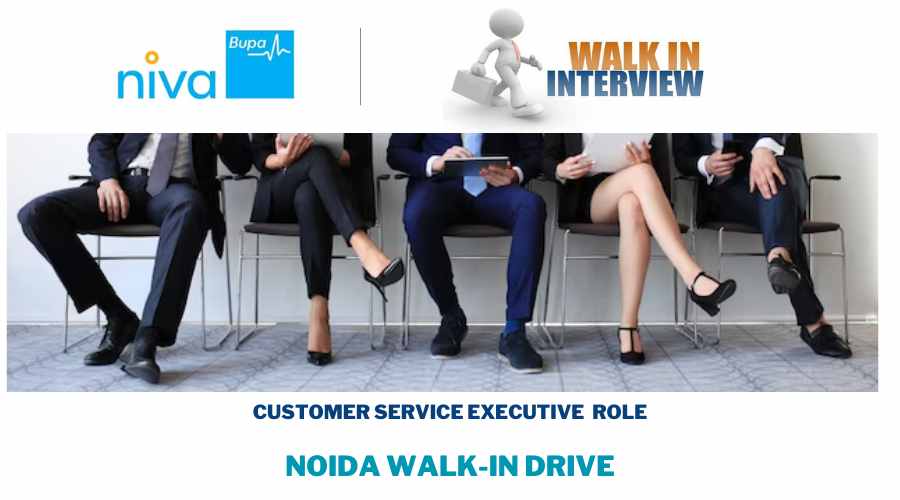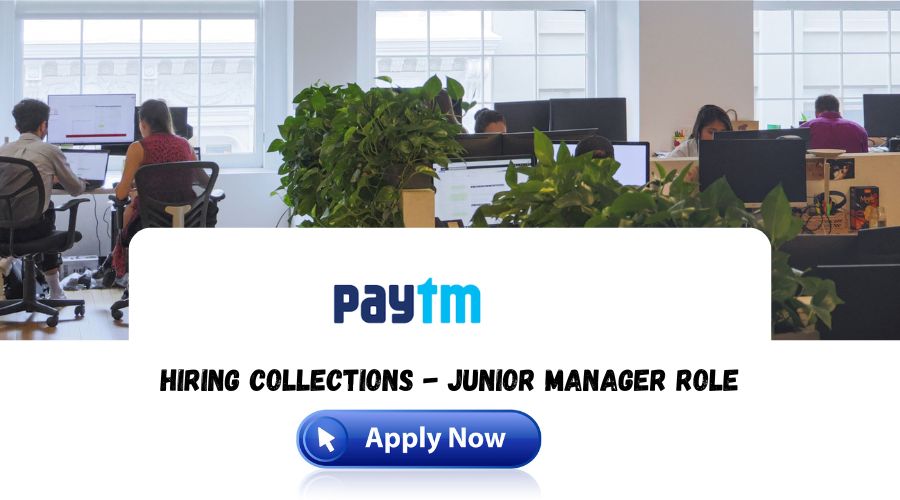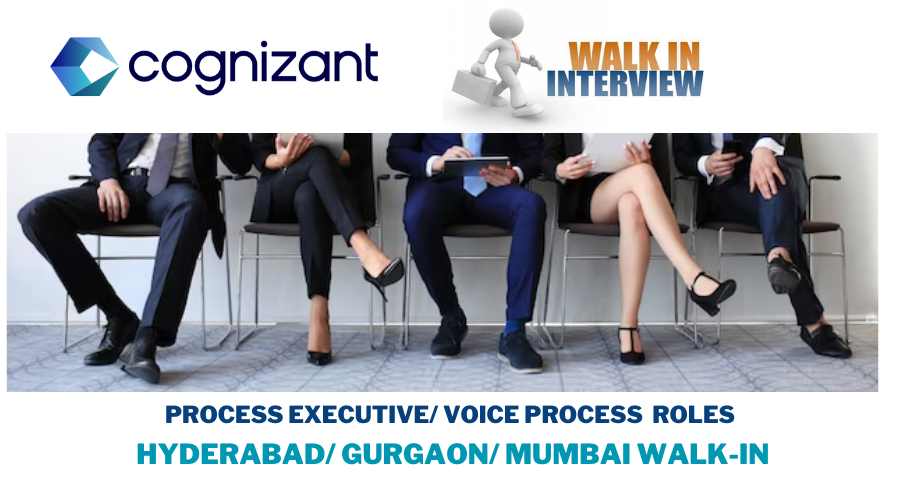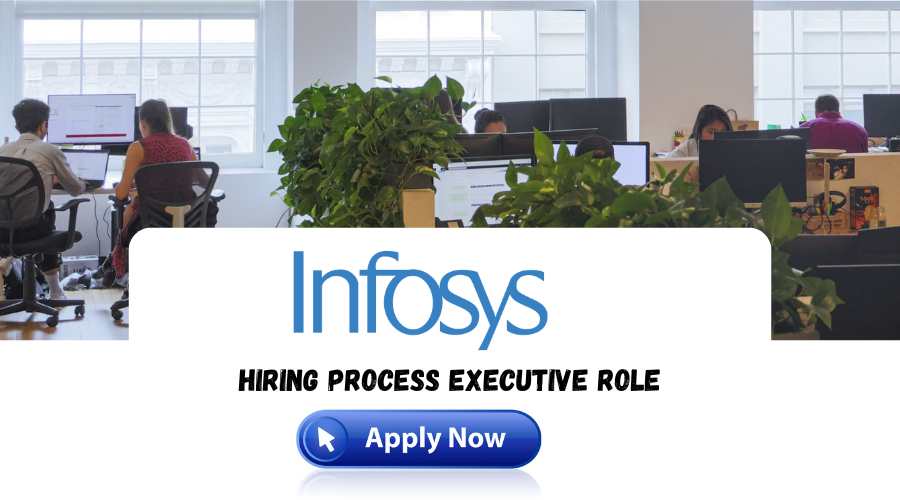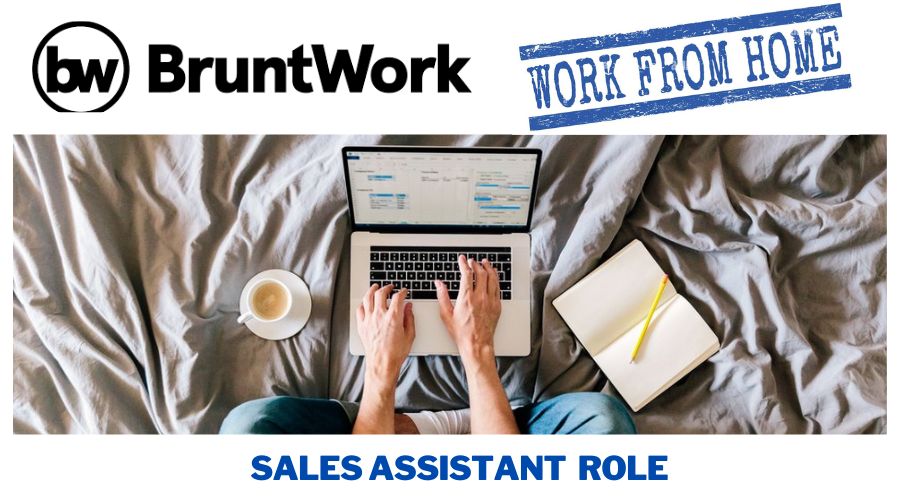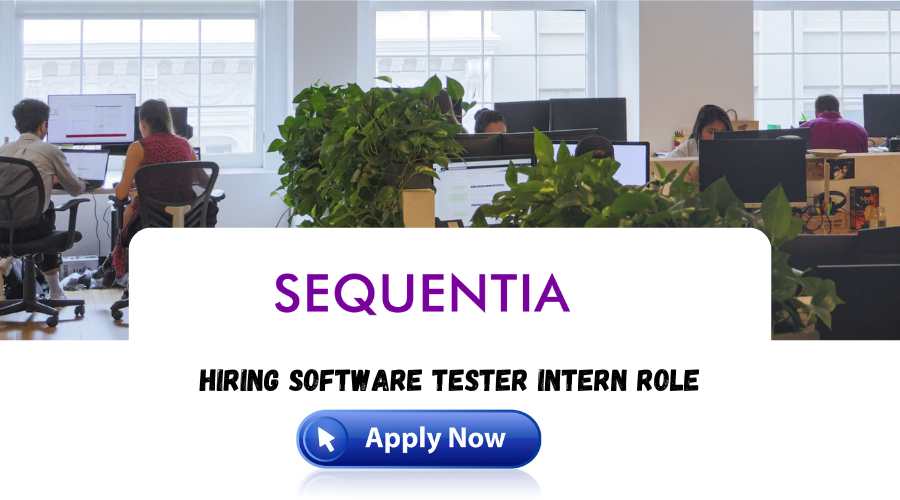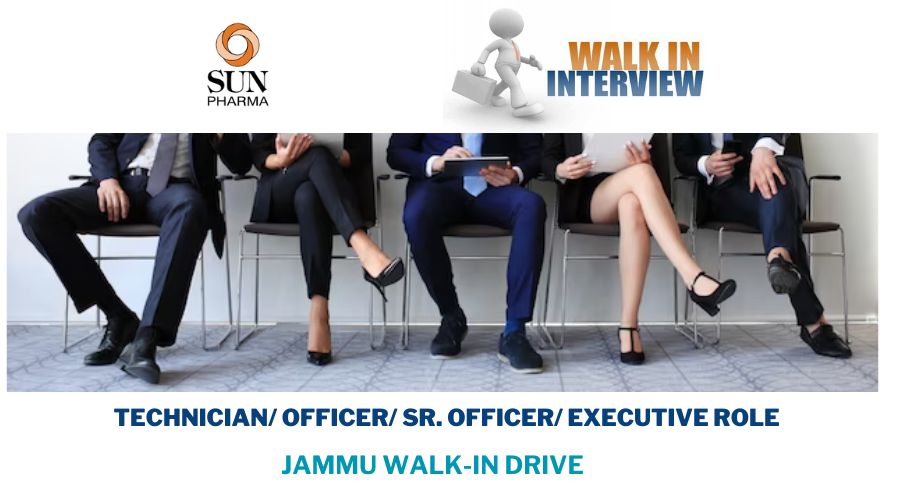Relationship Managers play a vital role in enhancing customer engagement and upholding the reputation of the company. Their primary focus is to establish and nurture strong, mutually beneficial relationships with customers. By doing so, they contribute to the growth and success of the organization.
One of the key responsibilities of a Relationship Manager is to build trust with customers. They do this by understanding their needs, addressing concerns, and consistently delivering on promises. Trust forms the foundation of a strong relationship, as it enables customers to rely on the Relationship Manager for guidance, support, and solutions.
Maintaining profitability is another crucial aspect of the Relationship Manager’s role. They work towards maximizing the value of each customer by identifying opportunities for cross-selling or upselling relevant products or services. By understanding the customer’s business or personal goals, they can provide tailored solutions that meet their specific needs, thereby increasing customer loyalty and revenue generation.
Longevity is a key consideration in relationship management. Relationship Managers strive to establish relationships that endure over time. This involves proactively staying in touch with customers, conducting regular reviews, and identifying opportunities for further engagement. By maintaining consistent communication and demonstrating a genuine interest in the customer’s success, Relationship Managers can foster long-term partnerships that go beyond mere transactions.

Relationship Managers are also the face of the company, responsible for preserving its image and reputation. They act as brand ambassadors, ensuring that customers have positive experiences and perceive the company in a favorable light. By providing exceptional customer service, resolving issues promptly, and going the extra mile to exceed expectations, Relationship Managers contribute to building a strong brand identity and customer loyalty.
In summary, Relationship Managers play a critical role in driving customer engagement and maintaining the company’s reputation. They build trust, maximize profitability, nurture long-lasting relationships, and uphold the company’s image. Through their efforts, they contribute to the overall success of the organization and create a positive and fulfilling experience for customers.
Relationship Manager Interview Questions: Top 10 Commonly Asked and How to Answer Them
1. If you’re contacting a new client for the first time, what information do you need prior to your communication?
When contacting a new client for the first time, there are several key pieces of information that I would want to gather prior to initiating communication. These include:
Client Background: It is essential to have a basic understanding of the client’s background, including their industry, size of the organization, and any relevant news or updates about their business. This knowledge allows me to tailor my communication and approach to align with their specific needs and interests.
Contact Information: I would ensure that I have accurate and up-to-date contact information for the client, including their name, job title, email address, and phone number. This ensures that I can reach out to them through the most appropriate and convenient channels.
Purpose of the Communication: It is important to have a clear understanding of the purpose of my communication with the client. Whether it is to introduce our company, discuss a specific product or service, or schedule a meeting, knowing the objective helps me structure my message and set the right expectations.
Research on the Client: Prior to reaching out, I would conduct some research on the client to gather more in-depth information. This may include reviewing their website, social media profiles, or any other available resources. This research helps me gain insights into their business, challenges they may be facing, and potential areas where our solutions can add value.
Knowledge of Competitors: It is beneficial to have an understanding of the client’s industry landscape and knowledge of their competitors. This enables me to position our offerings effectively and highlight unique selling points that differentiate us from other players in the market.
Relevant Materials: Depending on the purpose of the communication, I would gather any relevant materials or documentation that can support my conversation with the client. This could include brochures, case studies, product samples, or presentations. Having these materials on hand allows me to provide detailed information and address any specific queries or concerns the client may have.
By having these key pieces of information prior to my communication with a new client, I can approach the conversation in a more informed and tailored manner. This demonstrates my professionalism, attention to detail, and commitment to delivering a personalized experience for the client.
2. A small client requests new features in a short time. How would you respond to this request?
If a small client requests new features in a short time, my response would involve the following steps:
Understanding the Request: Firstly, I would make sure to fully understand the client’s specific requirements and the urgency of their request. This would involve gathering detailed information about the desired features, their purpose, and the timeline within which they are needed.
Assessing Feasibility: Next, I would evaluate the feasibility of implementing the requested features within the given time frame. This assessment would involve considering factors such as the complexity of the features, available resources, and potential impact on existing systems or processes.
Prioritization and Planning: If the requested features can be accommodated within the desired timeline, I would work on prioritizing them alongside existing projects or commitments. This would involve collaborating with relevant stakeholders, such as the development team or project managers, to allocate resources and create a realistic plan for implementation.
Communication and Expectation Setting: It is crucial to maintain open and transparent communication with the client throughout the process. I would clearly communicate any potential limitations or trade-offs associated with delivering the requested features within the requested timeframe. Managing the client’s expectations is vital to ensure a mutual understanding of what can be achieved and to avoid any disappointments or misunderstandings.
Agile Development Approach: To meet the client’s request efficiently, an agile development approach could be adopted. This involves breaking down the requested features into smaller, manageable tasks, and working in iterative cycles to deliver incremental updates. Regular communication with the client, showcasing progress, and gathering feedback along the way would help ensure that their requirements are being met effectively.
Quality Assurance and Testing: While working towards the quick implementation of the requested features, it is important not to compromise on quality. Thorough testing and quality assurance measures should be undertaken to ensure that the new features function as intended and do not introduce any unintended issues or vulnerabilities.
Continuous Improvement: After delivering the requested features within the short timeframe, it is essential to gather feedback from the client to assess their satisfaction and identify areas for improvement. This feedback can be used to refine future processes and enhance the client experience.
By following these steps, I aim to respond to the small client’s request for new features in a short time in a diligent and professional manner. It involves understanding the request, assessing feasibility, prioritizing, communicating effectively, adopting an agile approach, ensuring quality, and continuously seeking opportunities for improvement.
3. A long-term customer complains to you about product prices and is about to end your business relationship. What measures would you take to retain them?
If a long-term customer expresses dissatisfaction with product prices and is considering ending our business relationship, I would respond in the following manner:
Active Listening and Empathy: Firstly, I would actively listen to the customer’s concerns and empathize with their frustration. It is essential to demonstrate genuine understanding and show them that their feedback is valued.
Clarify the Issue: I would seek clarification from the customer to understand the specific reasons behind their dissatisfaction with the product prices. This will help me gain a deeper insight into their concerns and identify potential solutions.
Review Pricing Strategy: I would analyze our pricing strategy and compare it with market standards, competitor offerings, and customer expectations. This evaluation will help me determine if there is room for adjustment or if there are alternative pricing models that could be considered.
Offer a Solution: Based on the customer’s concerns and the pricing analysis, I would propose a suitable solution. This could involve providing discounts, customized pricing packages, or loyalty rewards to retain their business. It is crucial to present the solution as a mutually beneficial arrangement that addresses their concerns while aligning with the company’s goals.
Highlight Value and Benefits: I would emphasize the unique value proposition and benefits our products offer. By highlighting the quality, reliability, and additional value-added services that come with our offerings, I aim to reinforce the customer’s trust and remind them of the value they have received over the long term.
In summary, when faced with a long-term customer’s complaint about product prices and the potential loss of their business, it is crucial to listen actively, understand their concerns, offer tailored solutions, highlight value, and maintain open communication. By demonstrating a commitment to addressing their concerns and continuously improving, we can increase the likelihood of retaining their business and preserving a long-term partnership.
4. What are the most effective engagement techniques you’ve used to manage client relationships?
Some of the most effective engagement techniques I have used to manage client relationships include proactive communication, active listening, personalized interactions, and consistently delivering on commitments. These techniques help foster trust, understanding, and a sense of partnership with clients, leading to stronger and more successful relationships.
5. This role requires contacting multiple clients on a daily basis. How do you prioritize which clients to contact?
When prioritizing which clients to contact on a daily basis, I consider factors such as the urgency of their needs, the importance of their account to the company, any pending issues or follow-ups, and any upcoming deadlines or meetings. By assessing these factors, I can effectively prioritize my client contacts and ensure that I address their needs in a timely and efficient manner.
6. What are the key things you want to highlight when preparing presentations for clients or managers?
When preparing presentations for clients or managers, I prioritize the key points or messages that need to be communicated effectively. I focus on highlighting the benefits and value of our products or services, addressing any challenges or concerns, providing data-driven insights, and offering actionable recommendations. I also ensure that the presentation is visually appealing, organized, and easy to understand, supporting the key messages with compelling visuals and concise content.
7. Describe a time when you had to deal with a difficult client. How did you manage to keep the client happy?
In a situation where I had to deal with a difficult client, I focused on active listening to understand their concerns fully. I remained calm and empathetic, acknowledging their frustrations while assuring them that I was committed to finding a resolution. I proactively addressed their issues by offering alternative solutions and options, demonstrating flexibility and a willingness to accommodate their needs. By providing timely updates, regular communication, and personalized attention, I was able to rebuild trust, exceed their expectations, and ultimately keep the client happy.
8. Have you ever made a decision that cost you a client? What happened and what did you learn from that experience?
Yes, I have encountered a situation where a decision I made resulted in losing a client. It was a case where I underestimated the impact of a certain change in our service offerings, which did not align with the client’s specific needs. As a result, they decided to discontinue our services.
From that experience, I learned the importance of thoroughly understanding and aligning with the client’s requirements and expectations. It highlighted the need for effective communication and collaboration throughout the decision-making process to ensure that the client’s needs are met. I also learned the significance of conducting regular client reviews and feedback sessions to address any concerns proactively and make necessary adjustments. Overall, this experience reinforced the importance of client-centricity and the need to prioritize their satisfaction and success in order to maintain strong and long-lasting relationships.
9. What do you value more: high work quality or meeting tight deadlines? Why?
While both high work quality and meeting tight deadlines are important, I believe that work quality takes precedence. Delivering exceptional work that meets or exceeds client expectations is crucial for building trust, maintaining a positive reputation, and fostering long-term relationships. However, I also understand the importance of timeliness and strive to strike a balance between delivering high-quality work and meeting deadlines whenever possible. Effective time management and prioritization skills are essential to ensure that both aspects are given due attention without compromising on quality.
10. How do you prefer to contact clients, through email or phone? Why?
I prefer to contact clients through a combination of both email and phone, depending on the situation and client preferences. Email allows for clear and documented communication, providing a written record of important details and ensuring clarity in complex discussions. On the other hand, phone calls offer a more personal touch, allowing for real-time conversation, immediate feedback, and the ability to build rapport with clients. By using a combination of both communication channels, I can adapt to the client’s preferences and needs, ensuring effective and efficient communication throughout our interactions.

